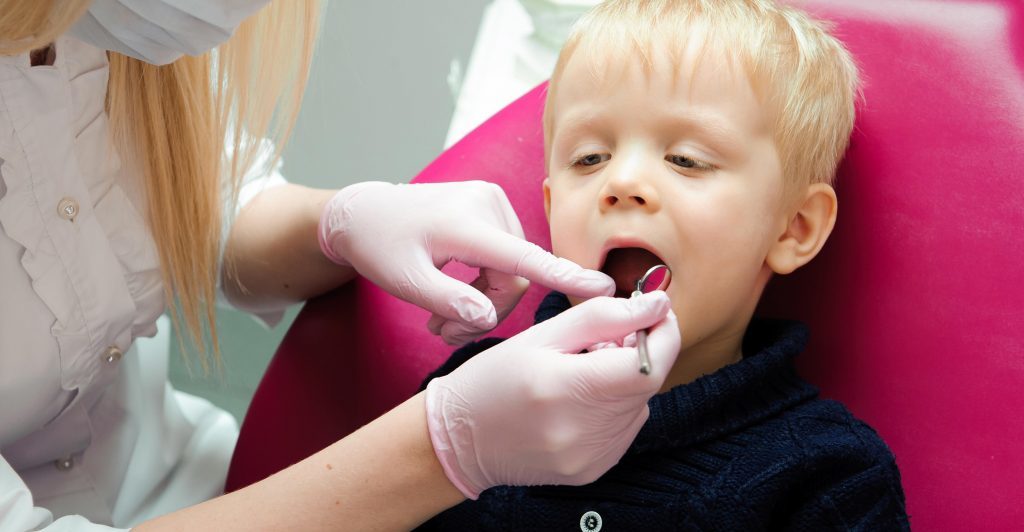 A new report has revealed the stark difference between the oral health of children in the north and south of England.
A new report has revealed the stark difference between the oral health of children in the north and south of England.
Generally, the report found that dental health is generally better in the south east of England and poorer in the north.
The report, published by the Nuffield Trust and the Health Foundation, also found that there is a huge oral health divide between those from more deprived and those from less deprived areas.
‘As a nation our dental health is improving, but it is shocking that your income or where you live can still determine your dental health, how likely you are to be hospitalised with dental problems and how easily you can access the dental treatment you need,’ Professor John Appleby, report author and Nuffield Trust director of research, said.
‘We know that poor oral health is linked to other health problems, like obesity, alcohol consumption and smoking.
‘So it makes sense to involve dentists more in plans across the NHS to address these problems.
‘But unless more efforts are made to tackle the inequalities we identify and embed prevention of ill health across dentistry, the progress made over the past few decades in improving the nation’s oral health could stall.’
NHS spending
The amount of money the Government spends on NHS dentistry in real terms is 15% lower now than it was in 2010/11.
That’s despite dental charges rising by an average of around 1% per year in real terms over the last seven years to 2017.
The research found that the cost of NHS dentistry put a fifth of adults off attending their dentist in 2009.
‘We have a discredited system that funds dental care for barely half the population, and the patients that lose out are all too often the ones that need us most,’ Henrik Overgaard-Nielsen, BDA chair of General Dental Practice, said.
‘Sadly successive Governments have failed to break with a contract that sets limits on patient numbers almost by design.
‘The service can do more to address these shocking inequalities, what we’re missing is the political will.
‘Tooth decay remains the number one reason for child hospital admissions.
‘Government must now show it’s willing to end this postcode lottery, and put prevention first.’
Key findings
The report’s key findings were:
- Overall, the oral health of the population has been improving over time
- Children in the Blackburn with Darwen local authority area were four times more likely to have missing, decayed or filled teeth than children in south Gloucestershire in 2015: just 44% of children in Blackburn were free from decay compared with 86% in south Gloucestershire
- In Yorkshire, hospitalisation for tooth extractions in the under 10s was five times higher than the east of England in 2015/16 (845 per 100,000 population compared with 160 per 100,000)
- 83% of five-year-olds in the least deprived areas of the country had healthy teeth, compared to 70% in the most deprived areas in 2014/15
- People from the most deprived backgrounds were twice as likely (14%) to be hospitalised for dental work than those that were better off (7%) in 2015
- 18% of parents with children on free school meals found it difficult to find an NHS dentist in 2013, compared with 11% of parents whose children were not.


